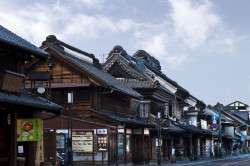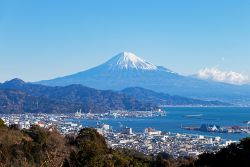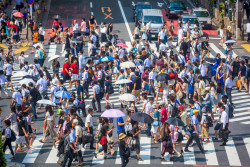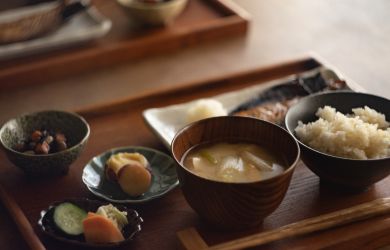
Originally published on metropolis.co.jp on December 2010
[slideshow id=16 w=400]
Oiran were the courtesans of the Edo era, working in the self-contained pleasure quarters of Yoshiwara (in today’s Taito-ku), Shimabara in Kyoto and Shinmachi in Osaka. Although their lives were dedicated to serving male customers, they weren’t treated as objects of disdain. Far from it: oiran enjoyed celebrity status and were arbiters of style for the rest of the country, just as today’s club hostesses spearhead trends that are chronicled in the magazine Koakuma Ageha. The 2007 film Sakuran, by fashion photographer-cum-director Mika Ninagawa, introduced the garish oiran style to new audiences, and the effects are still reverberating through the fashion world. Kimono aren’t just for little old ladies at tea ceremonies anymore, so throw on a vintage piece, slap on a generous amount of makeup, and get heads turning at your upcoming bonenkai.
Model: Ilaria
Hair/make-up: Yuka Ikegami
Shopping
- Oriental Bazaar: This is your one-stop shop for inexpensive paper fans (a necessity) and accessories. 5-9-13 Jingumae, Shibuya-ku. Tel: 03-3400-3933. Open Fri-Wed 10am-7pm, closed Thu.
- Flea markets: If you’re determined and patient, you can pick up a fantastic vintage kimono at the Yasukuni Shrine Antique Market (held every Sun) and at Tokyo International Forum’s Oedo Antique Fair (next held on Jan 3) and Best Flea Market (Jan 11).







